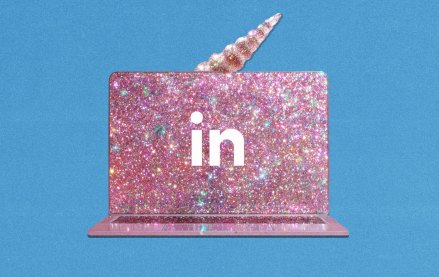Six passes left to attend the Digiday Publishing Summit

John Montgomery is chairman of GroupM Connect, North America.
Recently, there was an ad blocking summit hosted by The Interactive Advertising Bureau preceded by a joint meeting of the IAB, Association of National Advertisers and the American Association of Advertising Agencies dedicated to the ad blocking. I attended both, and I felt that constructive progress was made toward both understanding the threat and taking decisive action. During the IAB summit, a number of publishers presented research on why users resort to ad blockers and showed a variety of approaches that have been taken to mitigate their effect.
While the research insights were interesting to hear, they pretty much confirmed what we already know: Consumers don’t like it when advertising gets between them and their content, especially if there is no opportunity to skip or turn ads off. They hate invasive ad formats, heavy ad-density, they have little patience for latency, and it drives them crazy when we stalk them incessantly for items that they have already bought.
Ad blocking may be a burning issue for publishers — they are the ones taking the immediate hit on revenue — but if this goes unsolved, the broader implications for the industry could be substantial. The incidence of ad blocking is indexed higher against valuable target segments like, millennials, young males, gamers and IT professionals – all sought after and hard to reach. If ad blocking limits access to these segments, it could be very costly for marketers to fill in reach gaps. It is clear that only an industrywide collaboration can hope to solve the ad-blocking issue.
Late last year, IAB introduced the concept of L.E.A.N. — light, encrypted, ad choice, non-interruptive — which has enjoyed strong support across the industry: Forward-thinking publishers like Forbes, ABC Interactive, New York Times and Washington Post have been experimenting with L.E.A.N. and testing alternative communications ranging from asking users nicely to turn off the ad blocker on the one hand to denying content if they persist with using an ad blocker on the other. Users were also offered an opportunity to pay a modest subscription fee for an ad-free experience.
None of these of these communication tactics met with real success. However, when consumers were offered a L.E.A.N, “ad-light” experience (fewer ads on a page leading to quicker access to content) users reacted favorably. Even better, publishers who improved UX saw ad blocking adoption flatten out or even in some cases, decrease. In addition, an interesting byproduct of a faster loading page was that consumers stayed with the content longer, which led to more revenue for the publisher.
There were solid, actionable conclusions to the summit, which included developing industry standards for L.E.A.N. (what does “Light” or “Non-invasive” mean?) and research UX options to see which resonate best with consumers. And we agreed that ad reinsertion was a bad thing!
But, as with all-important decisions, it will take time to design and reach consensus.
I fear that if we wait until standards are agreed, we may be too late. Setting standards is vital, but can we limit the number of users switching to ad blockers in the meantime? I think so.
Publishers should:
- Limit ad clutter on their pages – more ads equals fewer consumers.
- Phase out (as quickly as possible) the use of invasive, wobbling, dancing, non-skippable, auto-play, pop-ups, outstream video, interstitials, stickies or anything that stands between readers and the content they are trying to access.
- Optimize sites to limit latency. Ensure they have no fraud running on your site or tags that you haven’t authorized and employ smart web design to facilitate speed.
- Incorporate native formats that fit in with the site design
Creative agencies should:
- Reduce file size — 200k is a (maximum) yardstick for initial download (display), and this is likely to reduce when the standards are released. Every 150k takes a second to load.
- One of the best antidotes to ad blocking is great, relevant, engaging creative.
Media agencies should:
- Target the right people, in the right place at the right time. It just compounds irritation (and wastes money) if we serve ads to users that aren’t interested in what we are selling.
- Manage frequency: Limit the frequency that a user can see your ad, or if you need a high-exposure campaign, ensure that you have multiple executions.
- Limit tagging. Don’t tag just because you can. Practice tag hygiene. Clean up old research tags that aren’t necessary. Tagging has become one of the biggest latency culprits.
Standards will help set the ground rules for a better experience, but all of these common-sense initiatives can be started now. One thing I am sure about: Anything that we can do to improve the user experience is worth doing and doing now.
More in Marketing

Why one exec thinks creators is a real key to Snap flourishing
Snap’s head of global creator partnerships, Quincy Kevan caught up with Digiday to discuss the new-found momentum around the platform’s creator efforts.

Culture is expensive: American Eagle bets on buzz as tariffs and rivals close in
As supply chain costs surge and pricing pressure builds, investors are asking if American Eagle’s focus on cultural heat is coming at the cost of sustainable growth.

With a new partnership, Vegamour is betting on LinkedIn as the next big social platform
On Thursday, Vegamour announced Innocos founder Iryna Kremin as its first “chief LinkedIn officer.”






